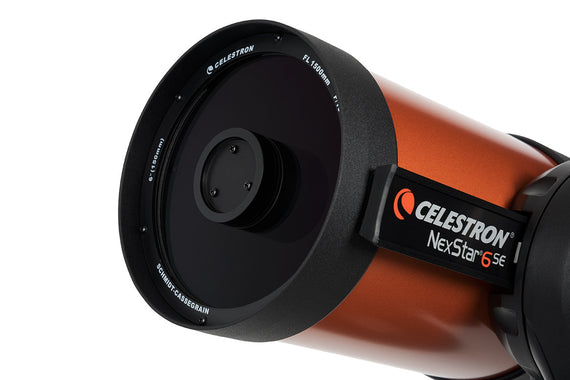

The fork-mounted equatorial is often found these days as an option for computerized Schmidt Cassegrain whereby the fork-mounted telescope will sit on a wedge allowing it to be aligned to the celestial pole. This allows the telescope to keep track of any celestial target for long periods allowing astrophotography to be attempted. The equatorial mount compensates for Earth's rotation by having one axis aligned to the celestial pole allowing a motor drive to move the telescope in sync with the apparent motion of the night sky. The German equatorial mount is probably the most popular telescope mount design for amateur size telescopes.
#Computerized telescope manual#
Typically most Dobsonian's are manual alt-azimuth mounts with fork-mounted Schmidt Cassegrains being computerized alt-azimuth. These mounts can come in either manual or computerized formats. Alt-azimuth mounts are the most basic, offering a design whereby the telescope is moved in a horizontal or vertical motion to locate objects. There are different mounts to account for different types of skywatching and stargazing techniques, each with their own unique uses. Overall, a superb choice for the more serious or experienced observer. You can also order the mount with a high-quality polar alignment scope which allows fast and very accurate alignment for those who do not have a permanent observing site. Having been a long-time owner and user of the G-11 mount its flexibility, performance and build quality put it among the best serious mounts available. It can also carry larger telescopes and is an ideal platform for serious astrophotographers. The latest version offers dual-axis go-to slewing via the Gemini 2 system. Its superb build quality and great performance has garnered a loyal following over the years. The Losmandy G-11 mount is one of the most popular serious telescope mounts of the past few decades.


 0 kommentar(er)
0 kommentar(er)
